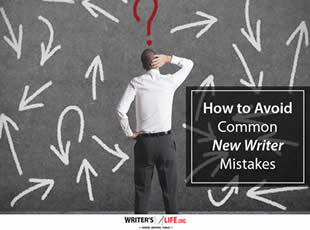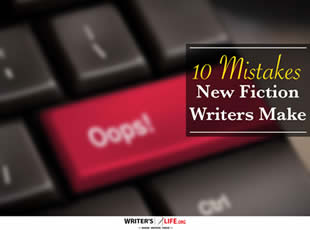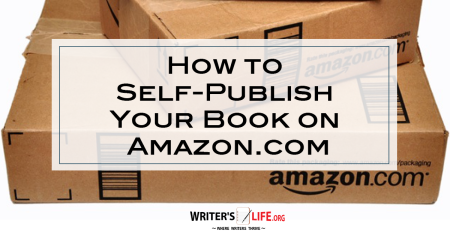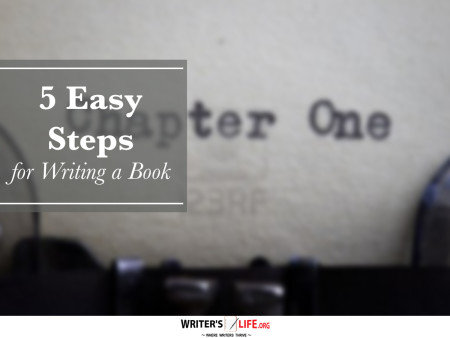- How To Tackle Jealousy In Creative Writing
- Common Submission Mistakes
- How To Stop Your Blog Becoming Boring
- The One Thing Every Successful Writer Has In Common
- How To Make Yourself Aware Of Publishing Scams
- Why Almost ALL Writers Make These Grammar Mistakes At Some Point
- 5 Tips For Authors On How To Deal With Rejection
- Top Mistakes to Avoid When Writing a Novel
- How to Avoid Common New Writer Mistakes
- 10 Mistakes New Fiction Writers Make
Writing Chapter One Hooks – 7 Essential Tips

Ever dive into a book and find yourself absolutely unable to put it down? That magic—something wonderful that grabs you by the collar in the very first chapter—starts with a strong hook. Think of it as the blogger’s version of the smell of fresh coffee in the morning. It pulls you in, tells you you've got to keep going, and promises there's more goodness where that came from. Writing chapter one hooks is an art and craft that every writer should master.
Crafting Intrigue to Write Chapter One Hooks
The secret sauce in writing chapter one hooks lies in creating intrigue. It’s like meeting someone for the first time and getting a mysterious but enticing vibe. Sure, you don't know all the details yet, but you sure want to find out. My buddy Tom always compares it to a Netflix series with a killer first episode—you’re hooked because you've got a dozen burning questions. A well-crafted opening line can do just that for a reader. Crafting intrigue means subtly dropping breadcrumbs that lead them into your story world.
The Power of Emotion in Writing Chapter One Hooks
Let's talk about stirring emotions. Think back to a time when a book made you laugh, cry, or bite your nails in suspense—all because of that strong hook. That’s because emotional hooks are golden in setting the tone of a story. Whether you're penning a romance setup in a quirky diner or a spine-tingling thriller that begins with a scream in the night, the goal is to evoke emotion. Consider emotion a universal language that can bridge the gap between your words and the reader's heart.
Creating Characters Worthy of Writing Chapter One Hooks
Your characters should feel real, even in chapter one. Imagine meeting someone who's instantly interesting, where every word they say makes you want to know more. That’s the vibe we want for our characters. Give your reader just enough glimpses into your hero or heroine’s mind to latch on to their journey. When I wrote my last novel, I threw my main character, Anna, right into a moral dilemma in the first few pages—you can bet that created sparks and hooks aplenty!
Use of Setting as a Tool for Writing Chapter One Hooks
The setting of your story can be a character in its own right. A vivid, unusual, or evocative setting can draw your reader in and set the stage beautifully. Think of Hogwarts if you're diving into a world of magic or a bustling city in the backdrop of a fast-paced drama. According to Wikipedia, narrative settings can significantly shape a reader's perception of your story.
Mastering Suspense for Writing Chapter One Hooks
Suspense isn’t just for thrillers; it’s the breathless anticipation of what's next. Ever lingered over a cliffhanger and felt that insatiable need to know what happens next? That’s suspense working its charm. Want your readers to stay up past midnight just to read “one more chapter”? Then injecting suspense at the very start is the way to go. Even a hint of danger or a mysterious old letter can be the spark that lights your suspense-filled fire.
Delivering an Unforgettable Line in Writing Chapter One Hooks
Unforgettable lines are like those catchy song lyrics you just can't stop humming. It might be a shocking declaration or a wonderfully woven truth that rings a bell in the reader’s mind. When crafting your opening, think punchy, think memorable. Dan Brown's


























